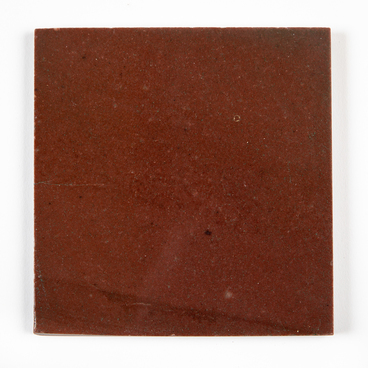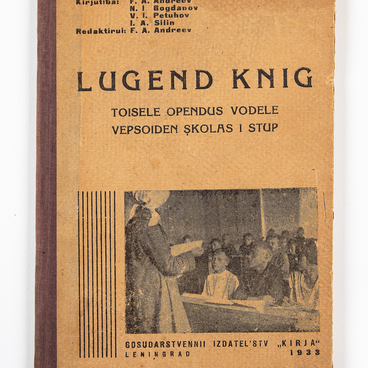The collection of the Sheltozero Veps Ethnographic Museum named after Rurik Petrovich Lonin features an ancient whip. The object was donated to the museum by the Veps Folk Choir. In the 1980s, one of the members of the choir brought the whip to create an anniversary program and restore the Veps wedding ceremony. Apparently, the whip was used in the household of the old resident of the village Nikolay Spiridonovich Melkin. It is noteworthy that the Veps Folk Choir was recreating the wedding ceremony using authentic household items.
The whip consists of two parts: wooden handle and leather cord. The working part is woven from three separate hometreated leather strips. The handle is made of a thin tree branch. The wooden handle has a separate name in the Vepsian language — kunutvarz´. This is no coincidence: the handle was held by “special” people: a shepherd or a sorcerer. It is unknown who made this artifact, but it is established that the whip was used in the village of Sheltozero. It is likely that it was originally made for a shepherd herding cows and calves.
The Veps took the choice of a shepherd very seriously. After all, the shepherd was entrusted with the safety of the cow — the breadwinner of the whole family. The shepherd was walking the herd of cows in the forest and on pastures where it was unsafe. If the cow got lost, he could find it, and if it got sick, he could cure it. The man chosen as the shepherd was highly respected in the village, but he was not supposed to go to festive gatherings, and he could not communicate closely with women, so as not to anger the owner of the forest. In addition, the shepherd did not cut down trees in the forest, did not collect mushrooms and berries. Villagers were forbidden to shake hands with the shepherd. The shepherd’s horn, whip and belt could not be touched.


